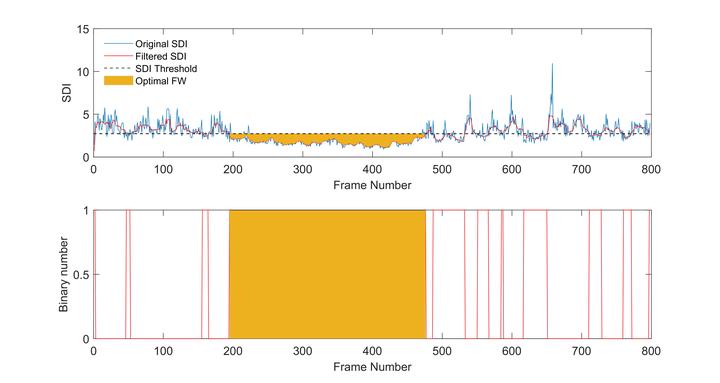Increasing LSPIV performances by exploiting the seeding distribution index at different spatial scales

Abstract
Image-based approaches for surface velocity estimations are becoming increasingly popular because of the increasing need for low-cost river flow monitoring methods. In this context, seeding characteristics and dynamics along the video footage represent one of the key variables influencing image velocimetry results. Recent studies highlight the need to identify parameter settings based on local flow conditions and environmental factors apriori, making the use of image velocimetry approaches hard to automatise for continuous monitoring. The seeding distribution index (SDI) – recently introduced by the authors – identifies the best frame window length of a video to analyse, reducing the computational loads and improving image velocimetry performance. In this work, we propose a method based on an average SDI time series threshold with noise filtering. This method was tested on three case studies in Italy and validated on one in the UK, where a relatively high number of measurements was available. Following this method, we observed an error reduction of 20–39% with respect to the analysis of the full video. This beneficial effect appears even more evident when the optimisation is applied at sub-sector scales, in cases where the SDI shows a marked variability along the cross-section. Finally, an empirical parameter τ was proposed, calibrated, and validated for practical uses to define the SDI threshold. τ showed relatively stable values in the different contexts where it has been applied. Application of the seeding index to image-based velocimetry for surface flow velocity estimates is likely to enhance measurement accuracy in future studies.